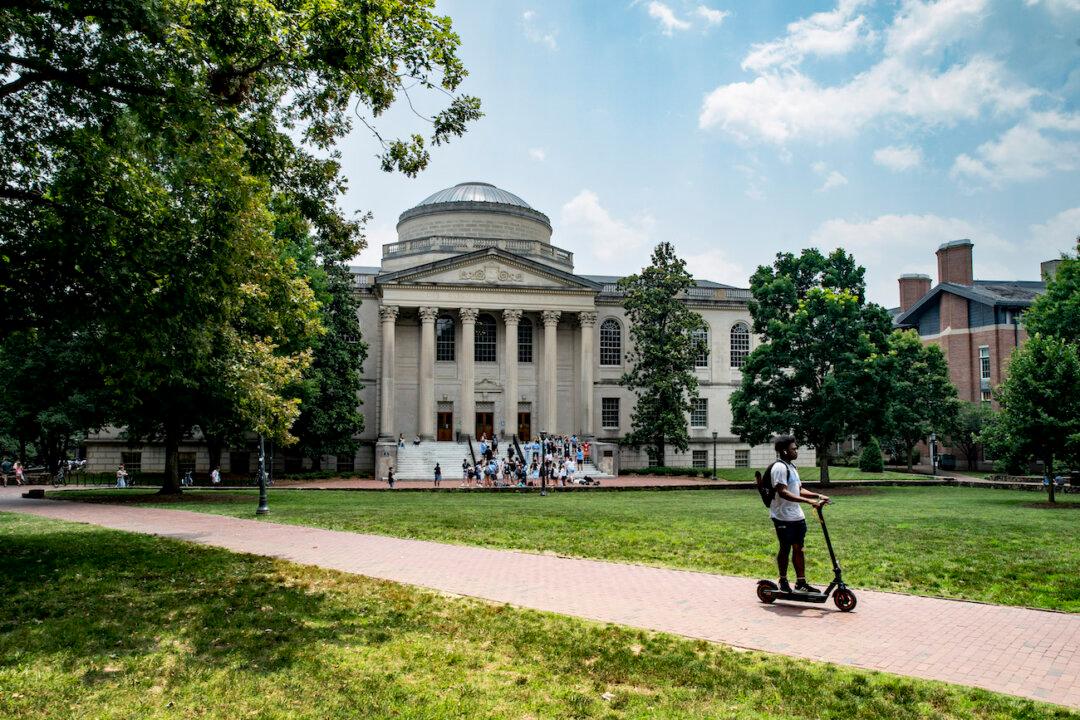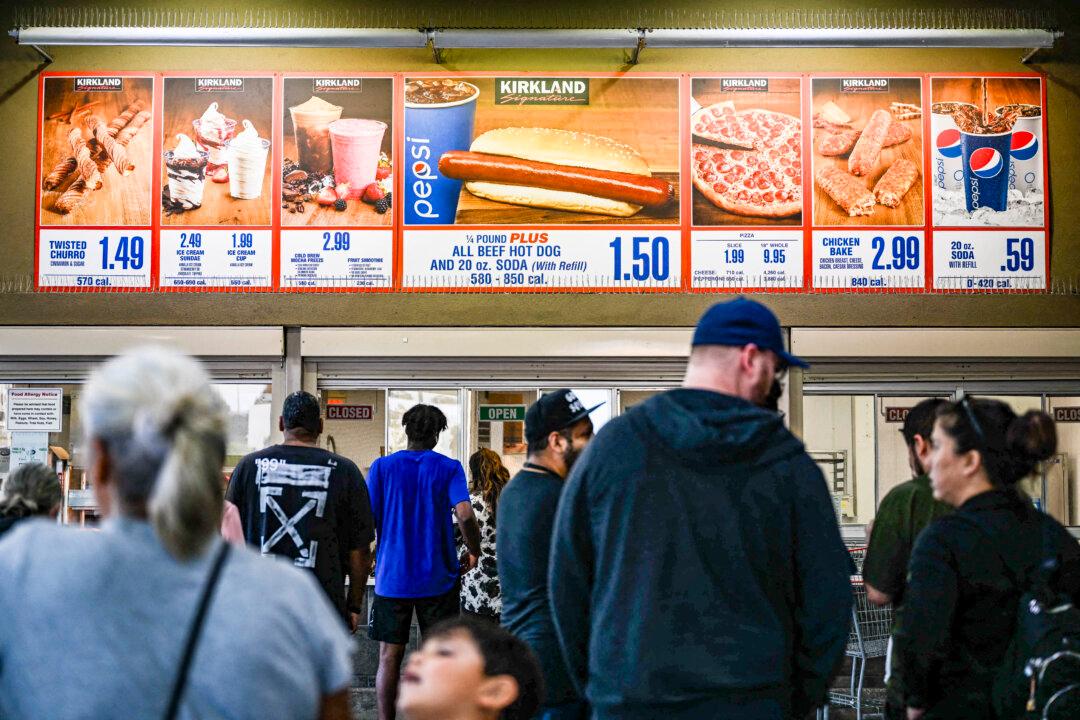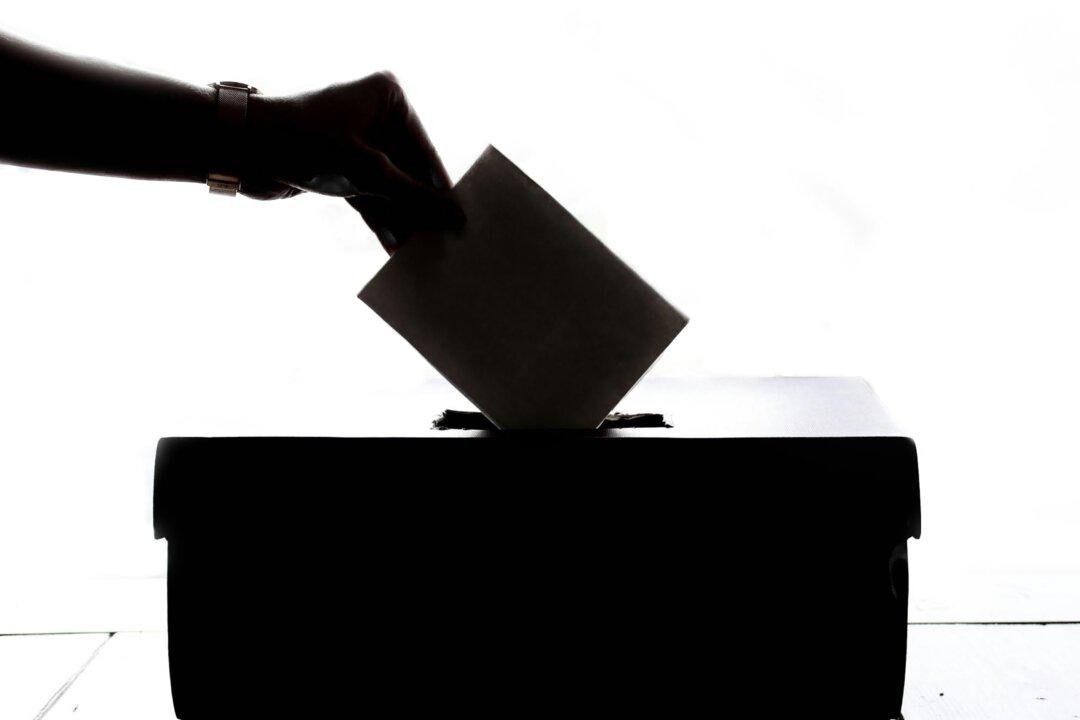There are those who are convinced that the United States is incurably racist. The U.S. Supreme Court’s decision in late June to end once and for all the explicit consideration of race in college admissions exposed entrenched racism within this country’s society all right. But it turns out that where it’s found is in an unholy alliance of the political left and corporate America.
In an amicus brief supporting Harvard and the University of North Carolina’s determination to continue their decades-long use of race as a negative, stereotypical criterion in deciding what tiny fraction of the more than 60,000 applicants, in the case of Harvard, will be awarded places in the undergraduate class, there was a telling admission from the long list of powerhouse U.S. corporations.
“While the total U.S. buying power increased 55 percent between 2010 and 2020, Asian Americans’ buying power grew by 111 percent, Latino and Hispanic Americans’ buying power by 87 percent, Native Americans’ by 67 percent, and Black Americans’ by 61 percent,” the brief stated.
The profit motive is what Apple, Bain & Co., Dell Inc., Etsy, General Dynamics, General Electric Co., General Motors Co., Google, Hershey, Levi Strauss & Co., Merck & Co., Proctor & Gamble, Starbucks, Uber, United Airlines, and the others have their eyes on.
President George W. Bush famously called the lowering of standards for non-whites “the soft bigotry of low expectations.” But there’s nothing soft about raking in money by perpetuating dangerous race myths.
What’s more, one of the high-powered lawyers whom the firms enlisted might have told his or her clients that Asian Americans—with that 111 percent increased buying power in just one decade—may be the most serious victims of the universities’ current racial-preference policies, now consigned to the ash heap of history. As Chief Justice John Roberts’s opinion noted, Harvard’s consideration of race has caused an 11.1 percent decrease in the number of Asian Americans it admits.
These companies, sniffing out in which direction they might find their future profits, have disgraced themselves by endorsing the fanciful idea of a permanently bigoted America held by Justice Sonia Sotomayor in the case’s primary dissent, joined by the other liberal justices—“a society that is not, and has never been, colorblind,” in which “progress has been slow and imperfect ... an endemically segregated society” upon which the high court majority of six justices “cements a superficial rule of colorblindness as a constitutional principle”—a principle, in truth, that from Justice John Marshall Harlan’s dissent in the pro-segregation decision in Plessy v. Ferguson in 1896 to the unanimous decision in Brown v. Board of Education in 1954 has guaranteed equality under law.
Disturbingly, Ms. Sotomayor identifies “education” to be “the very foundation of our democratic government and pluralistic society.” That sounds noble until you connect the dots and realize that by “education,” she really means an individual American being subjected to the indoctrination of the current public education apparatus, then to be followed by that of a radicalized faculty at someplace such as Harvard or her alma mater, Princeton.
Apparently, big business in America shares Justice Sotomayor’s view that the dangers to representative government and pluralism come from those who haven’t been spoon fed by the National Education Association public school teachers’ union and the Ivy League. These corporate entities make it sound like there will be another 1929 crash if colleges stop lowering admission standards to give places to minority students, claiming that “the skills needed in today’s increasingly global marketplace can only be developed through exposure to widely diverse people, cultures, ideas, and viewpoints.”
They also contend that “racial diversity improves decision-making by increasing creativity, communication, and accuracy within teams,” and among the benefits: “increased profits.”
And “university students who study and interact with diverse peers, and particularly with racially and ethnically diverse peers, exhibit enhanced cognitive development necessary for a wide range of skills highly valued in today’s economy.”
Apparently, being around those of other races and ethnicities is more valuable to corporate America than anything you might learn from books or professors. (Except, it seems, being around Asian Americans, whose numbers have dwindled thanks to the race preferences that downplay academic merit.)
The evidence the firms presented included the truly bizarre, such as “a study in which white undergraduate students watched a slideshow—either about Chinese culture, American culture, American and Chinese cultures in juxtaposition, or American-Chinese fusion culture—before writing a Cinderella story for Turkish children.” As well as the results of a pretend homicide investigation finding that “individuals in racially homogenous groups may be more reluctant to raise new information due to pressure to conform and the emphasis on in-group similarities.”
When it comes to “pressure to conform,” these companies might want to look in the mirror considering their willingness to embrace the progressive agenda.
They also cited mock jury experiments in which “white members in racially diverse juries had different pre-deliberation judgments and were more open to race-related discussion than their counterparts in the all-white juries.”
The common thread, unspoken though obvious, is that diversity is the sorely-needed antidote to most Americans’ deeply held tendency to persecute non-whites. The companies insist on prescribing a conversion therapy of sorts for them.
And race—not religion, not geographical origin, not philosophical variety—is what counts. The businesses argued before the court that “the empirical research underscores the specific importance of racial diversity on university campuses. Of the various diversity experiences at universities, interactions with peers of different races are more strongly linked with cognitive growth than are interactions with peers who exhibit other forms of diversity.”
Are we really in danger of universities filled with isolated, sheltered teenagers from Norman Rockwell land who have had no contact with the unknown, exotic breed of non-whites, and who are in dire need of introduction to the 21st century?
The U.S. Supreme Court wasn’t swallowing any of this. In reviewing its past rulings, Mr. Roberts noted the “two dangers that all race-based government action portends”: the risk of stereotyping, and discrimination against racial groups that are not the beneficiaries of race-based preferences. Underlying these concerns is the principle that all “racial classifications, however compelling their goals,” are dangerous.
To this, President Joe Biden’s appointee, Justice Ketanji Brown Jackson, revealed just how radical she is, retorting in her separate dissent that the high court should “get out of the way” of racial discrimination and defer to Harvard, UNC, and the “experts” who decide who should be discriminated against.
The factual record shows that what these elites have been doing, far from making great moral strides for society in regard to race, is actually little more than statistical tokenism. From 2009 to 2018, as Roberts pointed out, blacks formed “a tight band of 10.0–11.7 percent of the admitted pool” at Harvard. “The same theme held true for other minority groups.”
In his concurring opinion, Justice Clarence Thomas, as he has done before in addressing racial preferences, quoted Frederick Douglass: “The American people have always been anxious to know what they shall do with us. ... I have had but one answer from the beginning. Do nothing with us! Your doing with us has already played the mischief with us.”
Thomas wrote, “Like Douglass, I believe blacks can achieve in every avenue of American life without the meddling of university administrators.”
Sadly, an apparently incurably discriminatory corporate America does not share Douglass and Thomas’s belief in the abilities and character of black Americans.





